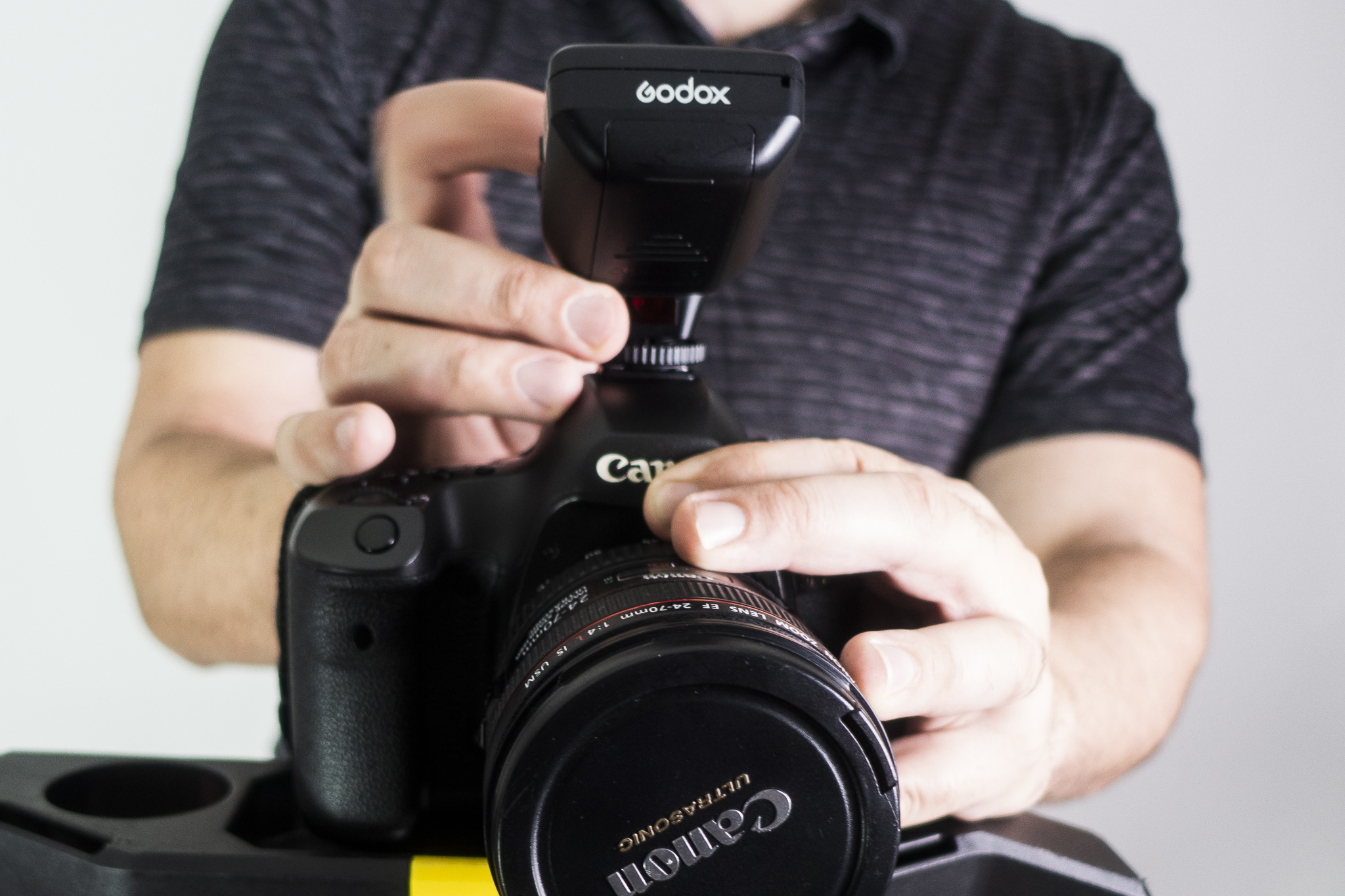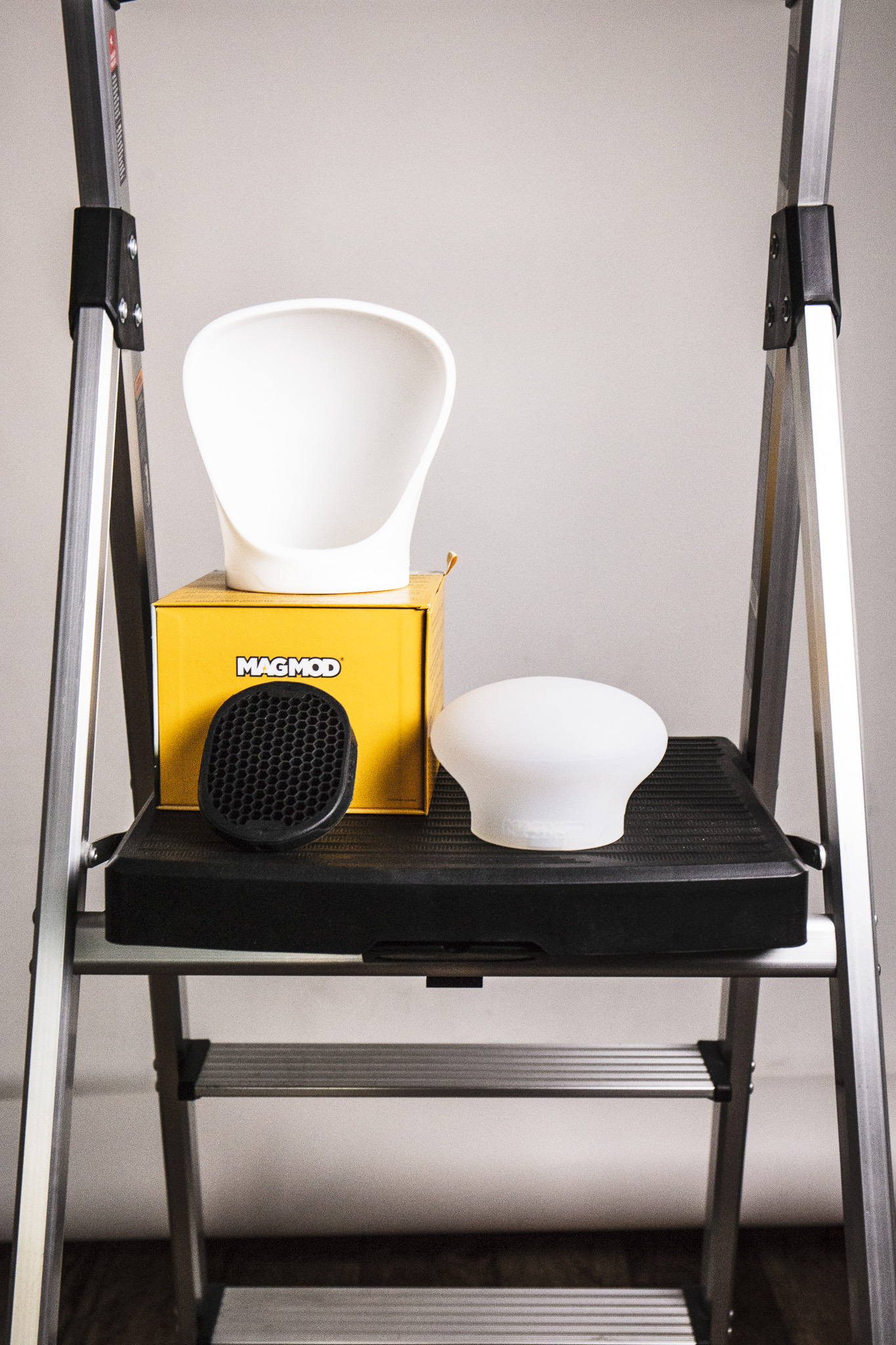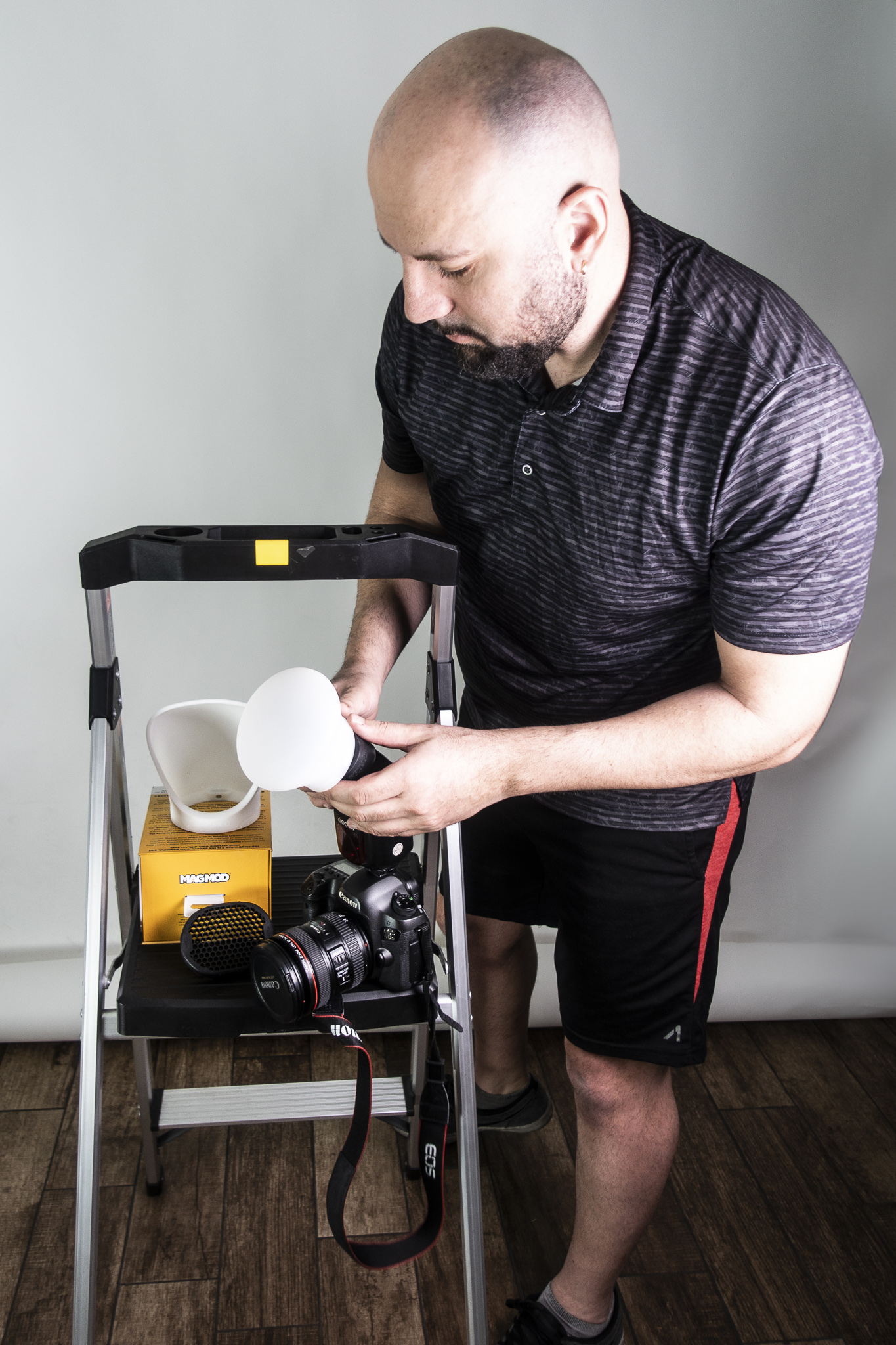Off camera flash photography (OCF) is a technique that is a game changer for photographers looking to optimize and improve their work. In photography, lighting is crucial, and mastering OCF opens up control and creative solutions. In this article, I’ll walk you through the potential of off-camera flash photography and share why this is my go-to lighting option.
Why Off Camera Flash?
Whether indoors or outdoors, here’s why off-camera flash provides a quality of light in ways that aren’t possible with on-camera flash:
- Greater Control: OCF lets you choose where to place your light. This allows you to create shadows or highlights, and even bounce it off surfaces to create the desired effect.
- Versatility in Lighting Conditions: Whether it’s a bright or overcast day, a dark environment, or golden hour, you can rely on OCF to balance your exposure, ensuring the light on your subject is optimized for the shot’s requirements.
- Ambient Light Management: Balancing the flash exposure with ambient light is a major advantage in creating balanced compositions. It keeps your subject well-lit while maintaining the natural feel of the background.
- Positioning Flexibility: One of the biggest strengths of off camera flash photography is the freedom to position your light anywhere, offering both creative flexibility and comfort.
Off Camera Flash Photography Essentials

Now, let’s talk about equipment you need to master OCF. Here’s a list of gear essentials:
- External Flash Units: This is your primary light source. It’s important to choose one that can be triggered remotely and offers reliable power.
- Light Stand: A sturdy light stand is crucial for positioning your flash at different angles.
- Wireless Trigger: This syncs your camera and flash, enabling smooth operation without wires.
- Light Modifiers: This is where you can get creative. Modifiers can shape and control the quality of your flash light.
How To Improve Flash Lighting
When it comes to off camera flash photography, aside from having a reliable and powerful flash that I can control with a wireless trigger, the other element that truly makes the most difference is the light modifiers. I’ve been using MagMod products for some time now, and I can confidently say they are an excellent solution for controlling and directing light to create more flattering effects. Another aspect I particularly appreciate about MagMod modifiers is their design, which simplifies your off camera flash workflow, making it quicker and more efficient. Whether you’re working in the studio or outdoors, MagMod modifiers offer a great range of flexibility, allowing you to achieve exactly what you envision with your lighting.
Invest In Quality Gear


If you’re ready to take your off camera flash photography to the next level, I highly recommend giving MagMod products a try. As an exclusive offer for my readers, use the code MAGCWS to get 5% off your order on MagMod’s website.
While 5% may seem small, every little bit counts when you’re investing in quality gear that can elevate your craft.
Off Camera Flash Photography Final Thoughts

I highly recommend OCF (Off Camera Flash) because it unlocks endless creative possibilities and is a must-have for photographers who want greater control and superior lighting quality. Mastering lighting is essential in photography, and once you start experimenting with off camera flash, you’ll immediately see better results; benefiting both your work and your clients.
Stay lit,
Sal












Leave a Reply